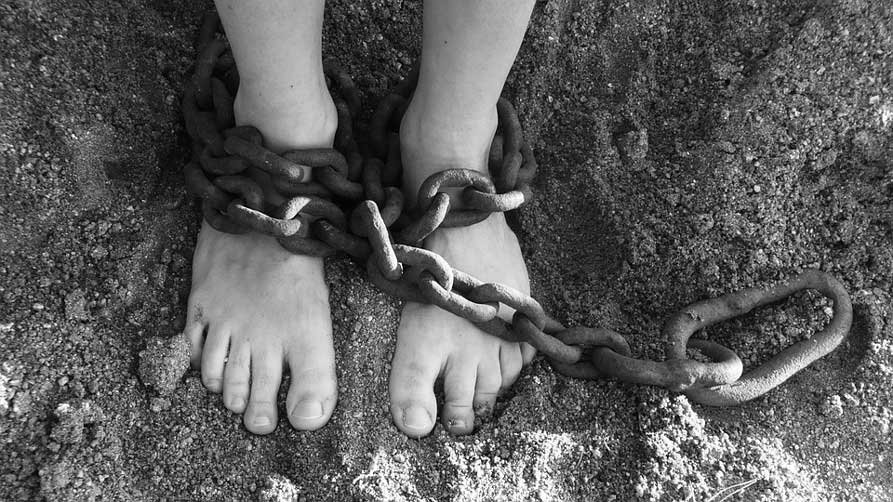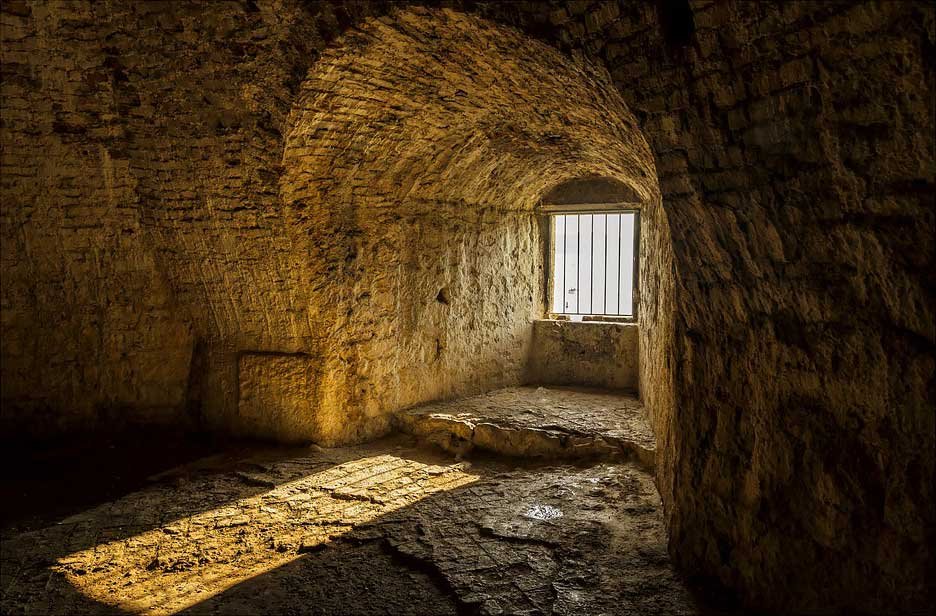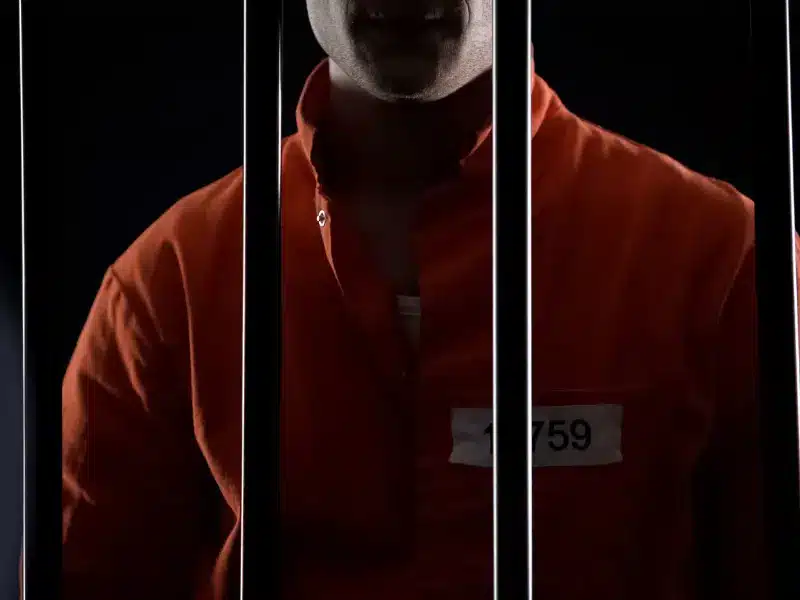Racial prejudices abound in the criminal justice system, harming African Americans and Hispanics while favoring Whites. However, when we look at certain facts, the Black Incarceration Rate vs White in the U.S. in 2023 is a little harsh.

The majority of jails are run by cities and counties, and inmates are usually held for less than a year. According to data from the United States Bureau of Justice Statistics, the rate of imprisonment among Whites has grown 41% since 2000, while it has decreased 22% among African Americans.
So, what is the base of all these things? What is the present situation of this cruelty? Or how can you get rid of this ambiance and bring justice to them?
To talk about it precisely, we have concluded different rules and bindings that show how racial this judicial system is. Keep on reading this article to know more about Black Incarceration Rate vs White in the U.S. in 2023.
Examining the Root of Race and Mass Incarceration in the United States
The year 1865 was a watershed moment for the United States. The end of a horrific civil war and the abolishment of slavery were seen by citizens. They lamented President Abraham Lincoln’s assassination. According to many historians, it was a key turning point in the Republic’s history.
It also sparked the country’s first jail boom, with rising numbers of Black Americans being incarcerated. It was spurred by an affluent white class alarmed by a sudden labor shortage and impending post-war recession.
The Ku Klux Klan was founded in 1865, which is no coincidence. Black individuals would be imprisoned under the Black Codes, or laws, imposed across the southern states that year for infractions including wandering without a cause or walking at night.
What is the current incarceration rate in America?
In this century, the White rate of incarceration has decreased by only 12%, while the Hispanic rate has decreased by 18%. Then the Black rate decreased by a staggering 40%.
The trend of African Americans leaving prison is picking up speed, with rates of incarceration among African Americans falling to levels not seen in 30 years. The explanations are still being disputed, but the drop in urban crime was most definitely a factor.
These improvements occur with persistent, pervasive prejudice against African Americans in the criminal justice system, as well as significant inequities in incarceration.
Blacks, for example, are five times more likely than Whites to be imprisoned. Critiques of mass incarceration based on race are still necessary, and the Black Lives Matter movement has demonstrated that millions of people across the country respond to them.
At the same time, the growing number of White offenders provides an opportunity for opponents of mass incarceration to broaden their reach and impact.
Whether we like it or not, there’s plenty of evidence that many White Americans are more likely to respond compassionately to a societal problem once they realize how it affects Whites.
Black Incarceration Rate vs White in the U.S in 2023
Prison is a big life-changing event that makes it difficult to build a solid life in the community. After releases, such as obtaining work and a secure and safe place to live. In addition, incarceration lowers lifetime wages and has a detrimental impact on the children of incarcerated parents.
These are the personal repercussions of imprisonment, but there are also societal consequences: high rates of imprisonment in communities lead to higher crime rates and community disintegration, driving more inequality. States have begun to reduce mass incarceration at the same time.
Alaska, New Jersey, New York, Connecticut, Alabama, Rhode Island, Vermont, Hawaii, and California are among the nine states that have reduced their prison populations by 30% or more in recent years.
This decrease has been achieved through a combination of policy and practice changes that have reduced both the number of people admitted to jail and the length of time they spend there.
Despite this, America continues to be the world leader4) in the use of incarceration, with over 1.2 million individuals imprisoned in state prisons across the country.
Conclusion
If we consider the current rules, the Percentage of African Americans in Prison in the U.S. and Latinx people have never been satisfied.
The Sentencing Project has done state-level estimates twice before and found shocking disparities each time. But this discrimination is a sign that this ambiance needs to be changed as early as possible.












